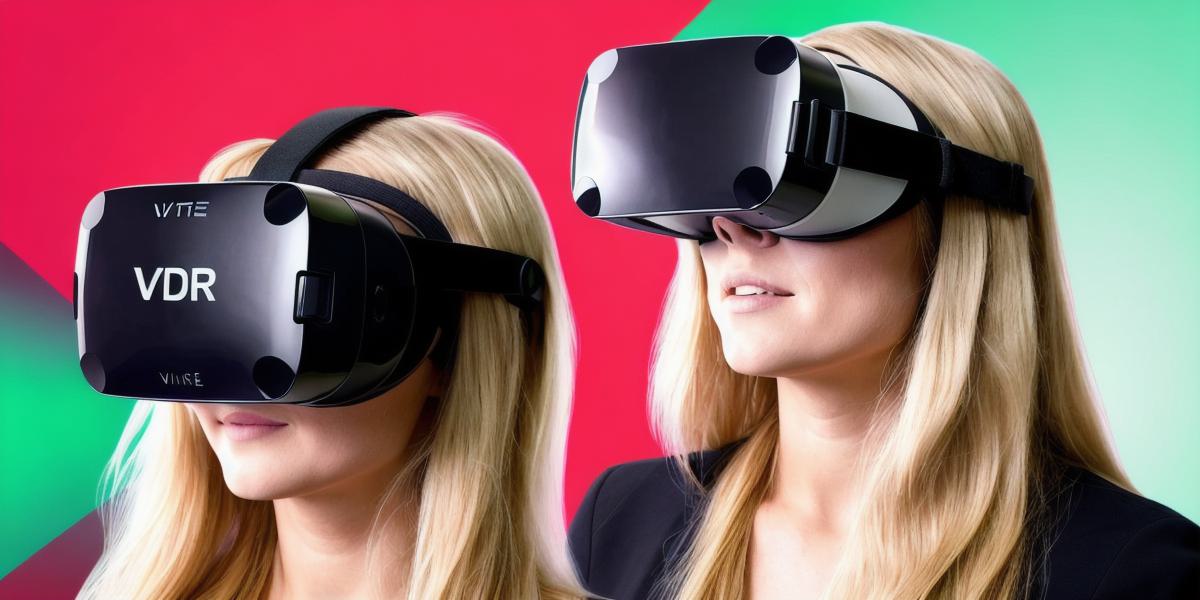Introduction:
Virtual reality (VR) has taken the world by storm, promising a whole new level of immersion and interaction. From gaming to medical training, VR has shown promise in numerous industries. However, as developers and users alike begin to explore the limits of this technology, it becomes clear that there’s more to the story than meets the eye.
The Illusion:
At its core, VR is designed to create an illusion of reality. This is achieved through a combination of sensors, displays, and software that work together to simulate a 3D environment in real-time. Users wear headsets with built-in screens, headphones, and sensors that track their movements. These devices send signals to the computer, which then generates a virtual world based on the user’s inputs.
The problem is that this illusion can be surprisingly convincing. When users are fully immersed in the virtual environment, they may forget that they’re not actually in the real world. This can lead to a range of issues, from motion sickness and disorientation to more serious problems like social isolation and addiction.
Case Study:
One example of this illusion comes from a study conducted by researchers at the University of California, Irvine. Participants were asked to complete a virtual task while wearing a VR headset. They were then asked to rate their level of reality in the virtual environment on a scale of 1-10. To their surprise, they reported an average rating of 7.3 out of 10, indicating that they had become convinced that they were actually in the real world.
The Reality:
While VR may be able to create a convincing illusion, there’s no escaping the fact that it’s still just a simulation. For example, virtual objects don’t have the same weight or texture as real-world objects, which can make interactions with them feel unnatural. Additionally, the sensors used in VR headsets are limited in their ability to track movements accurately, leading to blurry or distorted images and a lack of immersion.
Moreover, VR requires significant computational power to generate its virtual environments, which means that it’s not yet possible to create truly immersive experiences that rival the real world. And even if we could, there are serious ethical concerns about the impact of VR on our mental health and well-being.
The Future:
Despite these challenges, the future of VR looks bright. As technology continues to improve, developers will be able to create more convincing and immersive virtual environments. However, it’s important that we approach this technology with caution and recognize its limitations. We need to ensure that we use VR in a responsible and ethical way, taking into account the potential risks and benefits.
Conclusion:
In conclusion, while VR may be an illusion, it has the potential to change the way we interact with the world around us. However, as developers and users alike continue to explore the limits of this technology, we need to be aware of its limitations and approach it with caution. By doing so, we can ensure that VR remains a tool for creativity, innovation, and progress, rather than a replacement for reality itself.
